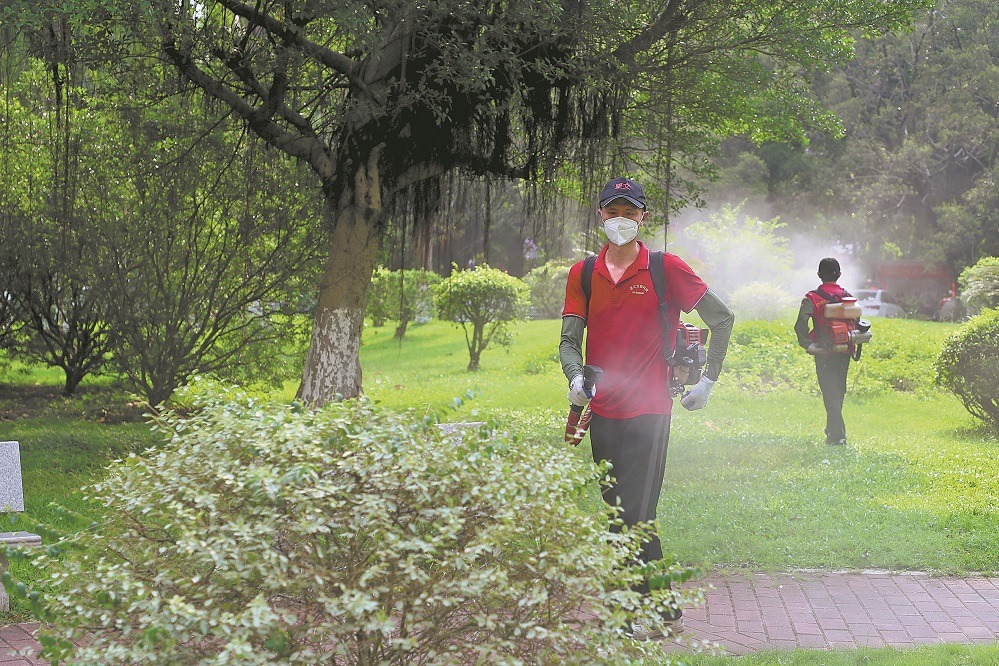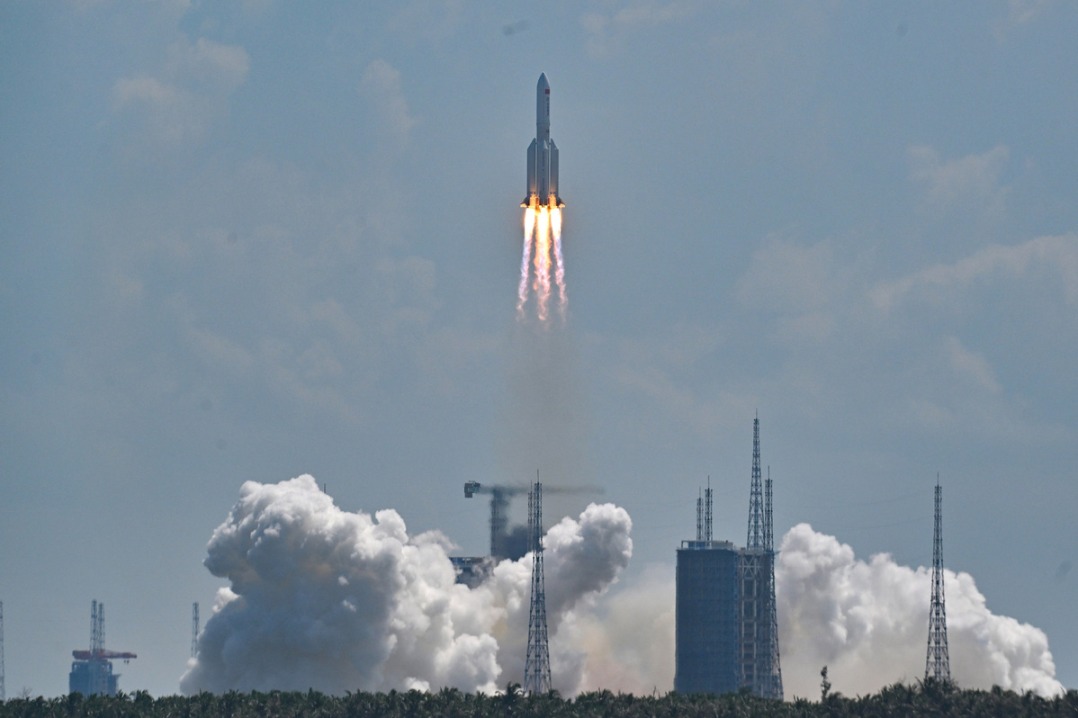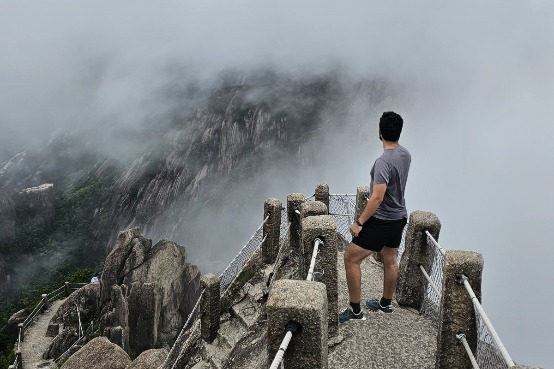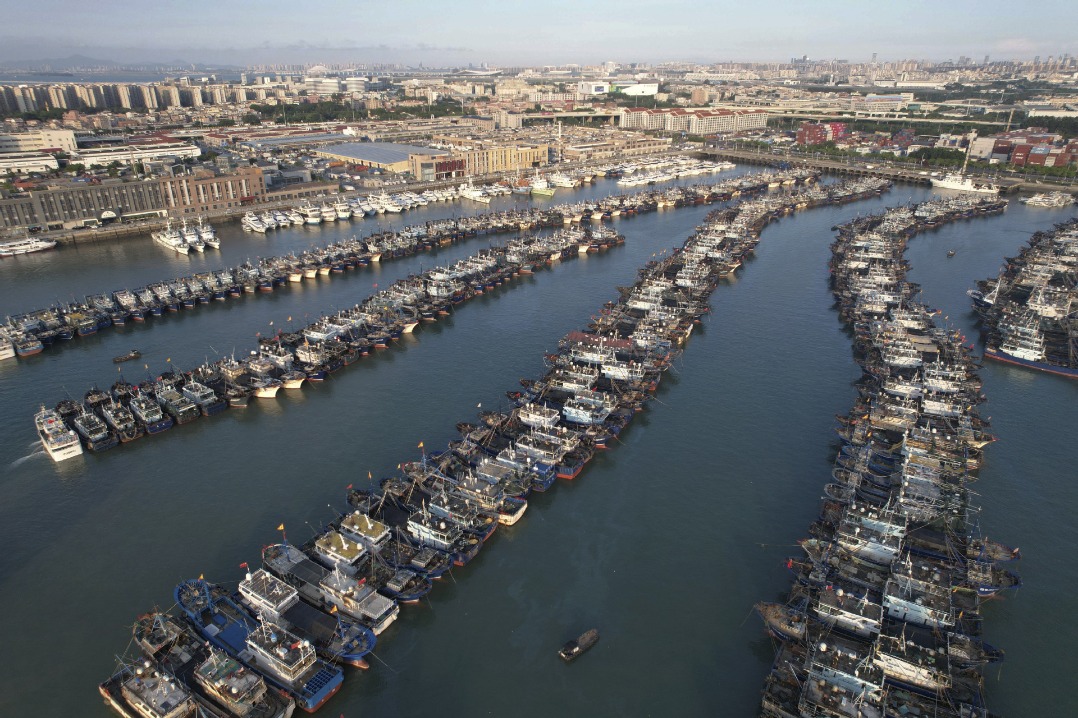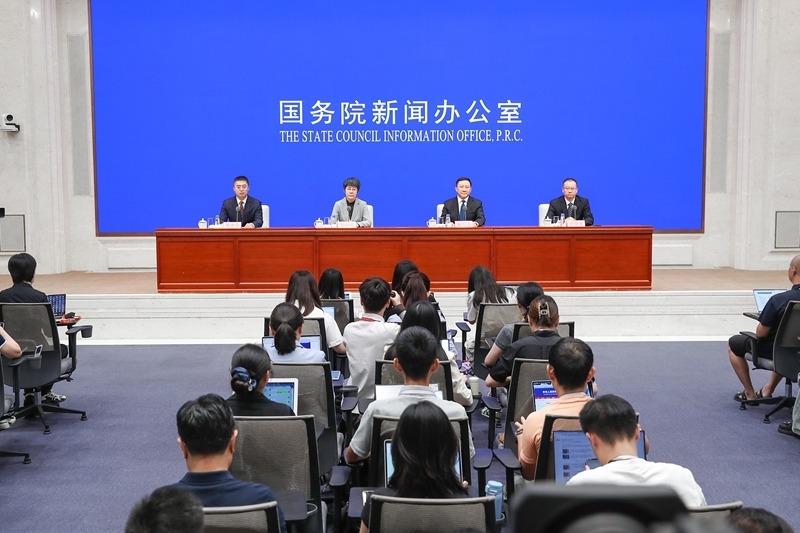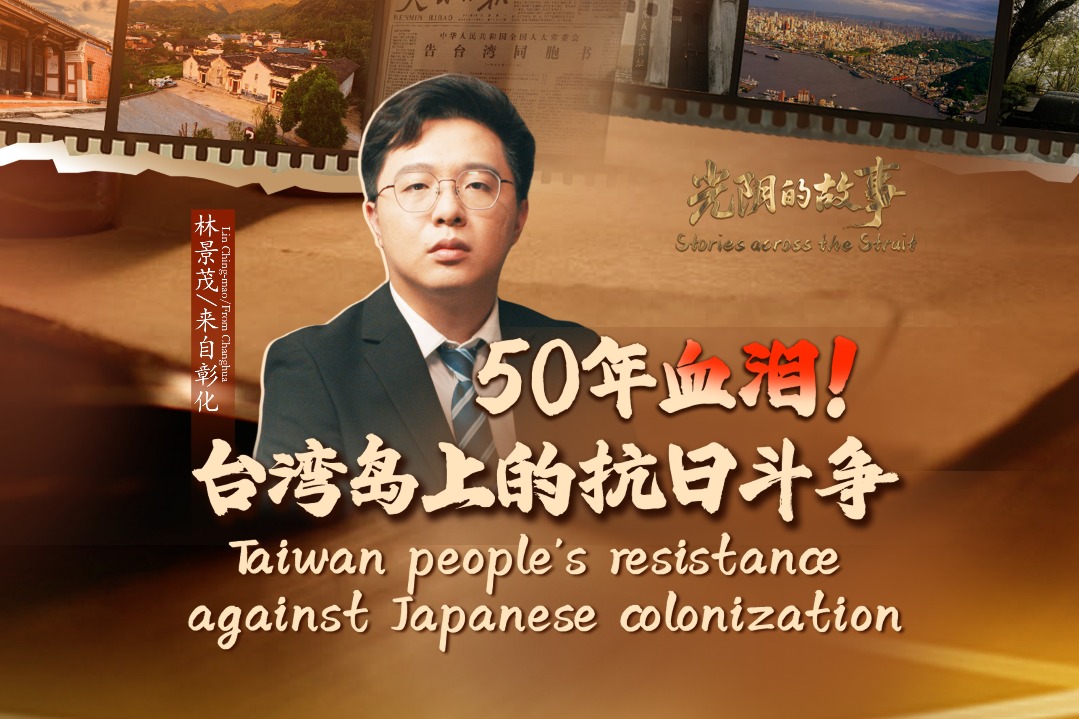Plateau's carbon gains fragile

With the Qinghai-Tibet Plateau experiencing an increasingly warmer and wetter climate, soil carbon storage is expected to rise, according to a recent study. However, this increase is fragile and can be easily undermined by extreme events tied to global warming and human activities.
"The total carbon sink of the ecosystem on the Qinghai-Tibet Plateau now accounts for around 15 percent of the nation's," said Wang Tao, corresponding author of the study published in academic journal Nature Communications. Wang, a researcher at the Institute of Tibetan Plateau Research of the Chinese Academy of Sciences, emphasized the significance of understanding the plateau's carbon storage potential to support China's dual carbon goals — peaking carbon emissions before 2030 and achieving carbon neutrality before 2060.
The study revealed that the soil carbon pool on the plateau constitutes over 90 percent of its total ecosystem carbon pool, serving as the cornerstone that supports the plateau's ecological security barrier function.
The research team conducted a systematic grid-based soil sampling campaign across the plateau, using multi-source observational data, including 4,170 soil profiles and long-term controlled incubation experiments, to develop an observation-constrained soil carbon cycle model. This model projects climate change impacts on the plateau's soil carbon stocks.
"Previous studies often relied on field infrared warming experiments to simulate the impacts of climate warming on changes in soil carbon stocks, but these approaches have inherent limitations," Wang said.
He noted that such experiments are costly and typically control only temperature as a single variable, neglecting interactions among multiple climate factors. In addition, regional sensitivity to warming varies significantly across the plateau, resulting in high uncertainty when extrapolating results to broader scales, Wang said.
To address the challenges, the study analyzed 0-to-1-meter depth soil samples which were extracted from 2019 to 2022 — a layer storing over half of the plateau's total soil carbon — from diverse regions. By integrating experimental data into the model, the team revealed the plateau-wide response mechanism of soil carbon stocks to warming.
The study found that as the climate gets warmer and wetter, it is expected to positively influence vegetation growth and enhance soil carbon accumulation. However, more than half the newly accumulated carbon will be in active or non-protected forms, making it highly sensitive to extreme global-warming events and grazing disturbances.
"The permafrost regions of the plateau constitute one of its largest terrestrial carbon pools. However, accelerating permafrost thaw under climate change can trigger abrupt thermokarst collapse, rapidly releasing previously sequestered carbon. This vulnerability is particularly prominent in soils with non-protected forms," Wang said, warning that such releases could offset over half the carbon gains from climate mitigation efforts.
The study also synthesized 296 field grazing experiments from across the plateau, finding that if previous overgrazing management practices continue, grazing-induced carbon losses will almost entirely offset climate-driven carbon gains. Wang stressed the importance of effective grazing management, suggesting rotational grazing systems or restoring traditional nomadic practices to enable grassland regeneration.
















